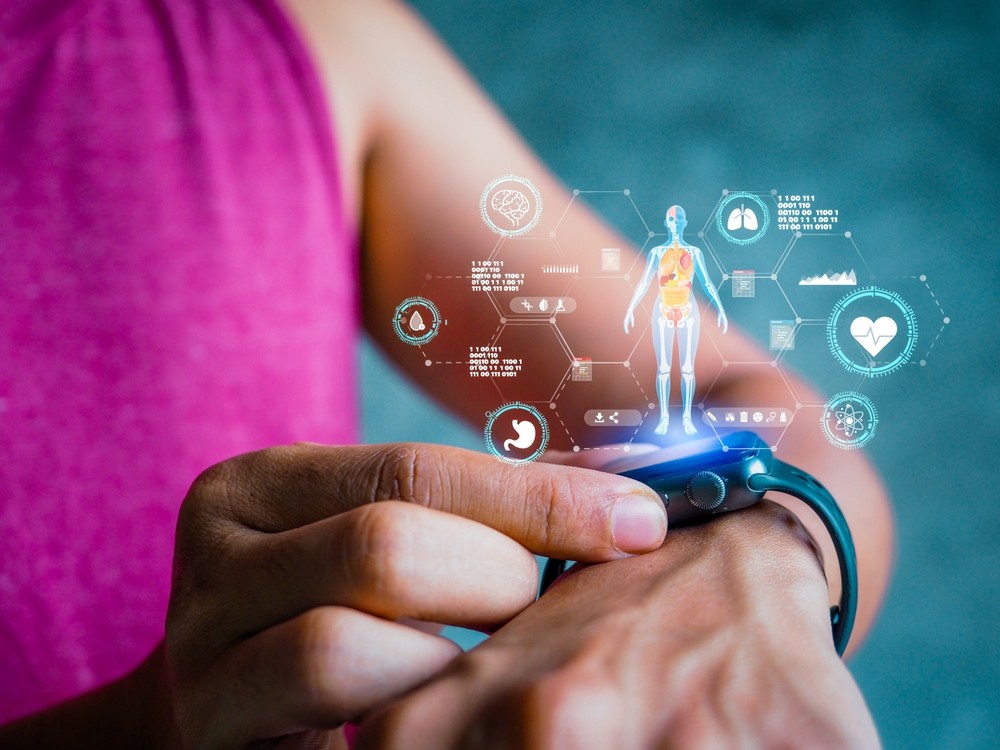Wearable health monitors have become an essential part of the contemporary health and fitness landscape. While traditionally these devices focused primarily on tracking heart rate, the current generation offers a plethora of health-monitoring features that extend beyond this singular metric. As consumers increasingly prioritize personalized health insights, the innovation in wearable technology has responded with robust tools that compile and analyze various vital signs.
The Evolution of Wearable Health Monitors
The journey of wearable health monitors began with basic pedometers and has rapidly advanced into devices capable of tracking a multitude of vital signs. Originally, most wearables were designed to simply track the number of steps taken and estimate calories burned. The incorporation of heart rate monitoring added a new dimension, offering users a rudimentary understanding of their cardiovascular health. Technological improvements, however, have transformed these devices into multifunctional health tools.
Today’s wearables can track metrics such as blood oxygen levels, stress, sleep patterns, and even electrocardiograms (ECGs). These innovations allow users to maintain an overview of their health status and detect potential issues before they turn into more serious conditions.
Key Vital Signs Tracked by Modern Wearables
To help you make an informed decision when shopping for a wearable health monitor, consider reviewing the variety of vital signs these devices can track.
- Heart Rate Variability (HRV): Beyond basic heart rate monitoring, HRV measures the variation in time between each heartbeat. It is a valuable indicator of your autonomic nervous system health and stress levels. A higher HRV is typically associated with better cardiovascular fitness and resilience to stress.
- Blood Oxygen Saturation (SpO2): Measuring SpO2 levels can provide insights into how effectively your respiratory system supplies oxygen to the rest of your body. This feature is particularly advantageous for individuals with respiratory conditions or those living at high altitudes.
- Sleep Tracking: Sleep is crucial for overall health, and many modern wearables offer detailed insights into your sleep patterns. This function records not just the duration but also the quality of sleep, breaking it down into deep sleep, light sleep, REM sleep, and waking periods.
- Temperature Monitoring: Body temperature can be an early indicator of illness or infection. Some wearables now incorporate temperature sensors to alert users to fluctuations that may warrant further medical attention.
- Movement and Physical Activity: While step counting remains a staple, wearables now offer enhanced features for measuring physical activities. They can differentiate between types of exercise such as running, cycling, or swimming, and provide more accurate data on calorie expenditure and fitness progress.
- Electrocardiogram (ECG): Some advanced wearables can provide a single-lead ECG, which helps in the detection of atrial fibrillation (AFib) and other irregular heart rhythms.
- Stress Monitoring: Using a combination of heart rate metrics and other physiological data, stress monitoring tools can provide insights into your stress levels, prompting opportunities for intervention such as meditation or breathing exercises.
Factors to Consider When Choosing a Wearable Health Monitor
When selecting a wearable health monitor, it’s essential to assess specific factors to ensure the device you choose meets your individual health needs and preferences. These include:
- Feature Set: Determine which vital signs are important for you to track. If you’re concerned about heart health, a monitor with ECG capability might be beneficial. For those focused on achieving better sleep, a device with comprehensive sleep-tracking features would be pertinent.
- Accuracy: The precision of data is paramount. Investigate the reputation of the brand and user reviews regarding the accuracy of the device’s measurement capabilities.
- Battery Life: Longer battery life provides the convenience of fewer charge cycles, especially when using features like GPS tracking that can quickly drain the battery.
- Ease of Use: The user-friendliness of the device, including its integration with apps and ease of navigation, is crucial for a satisfying experience.
- Design and Comfort: Since wearables are often worn continuously, consider the design and how comfortable the device will be on your wrist. Devices that are bulky or heavy may become cumbersome over time.
- Compatibility: Ensure compatibility with your smartphone and other devices. Check if the wearable can sync data seamlessly with your existing health apps.
- Privacy and Data Security: Evaluate the company’s policies on data protection and privacy. With personal health data at stake, it’s important to opt for devices that prioritize user confidentiality.
- Price: Prices for wearables can vary widely. Define your budget and balance it with the features that matter most to you.
Top Wearable Health Monitors on the Market
Below are some of the top wearable health monitors that offer comprehensive features for tracking vital signs. These devices have been well-received by consumers and experts alike, blending functionality with style.
- Apple Watch Series: Known for its extensive health features, the Apple Watch offers ECG, HRV, SpO2, and sleep tracking, along with an intuitive interface and strong integration with iOS devices.
- Fitbit Sense: A versatile smartwatch that comes with advanced stress management tools, ECG, SpO2, and skin temperature tracking.
- Garmin Venu Series: This line blends fitness features with health monitoring capabilities, including HRV, SpO2, and various exercise modes.
- Oura Ring: Although not a typical wrist-worn device, the Oura Ring offers rich insights into sleep and readiness levels, utilizing HRV and temperature data to provide actionable feedback.
- Withings ScanWatch: Known for its medical-grade ECG and advanced health tracking capabilities, this hybrid smartwatch brings elegance and functionality together.
Maximizing the Benefits of Your Wearable Health Device
Once you’ve selected a wearable, optimizing its use is essential for reaping the full benefits. Here are some tips to enhance your experience:
- Regular Updates: Keep your device’s software updated. Manufacturers often release updates to enhance functionality and fix bugs.
- Consistent Use: To achieve accurate and meaningful data, wear your device consistently and ensure it is snug and correctly positioned on your wrist.
- Understand Your Data: Spend time understanding the metrics your wearable tracks. Most apps offer guidance on interpreting data, which can transform information into actionable health insights.
- Set Realistic Goals: Using the insights from your wearable, set achievable health goals. Utilize the feedback to motivate and push yourself towards better health.
- Integration with the Health Ecosystem: If possible, connect your wearable with other health and wellness apps. This integration can provide a comprehensive view of your health patterns and behaviors over time.
Wearable health monitors have improved the way we can manage and track our well-being. The ability to monitor a broader range of vital signs provides users with a deeper understanding of their health, empowering them to make proactive lifestyle decisions. While investing in a wearable can initially seem like a significant commitment, the access to personalized health data and insights it provides is invaluable, offering a pathway to healthier living and long-term savings on healthcare costs. As time goes on, these devices are poised to become even more instrumental in the pursuit of optimal health.



